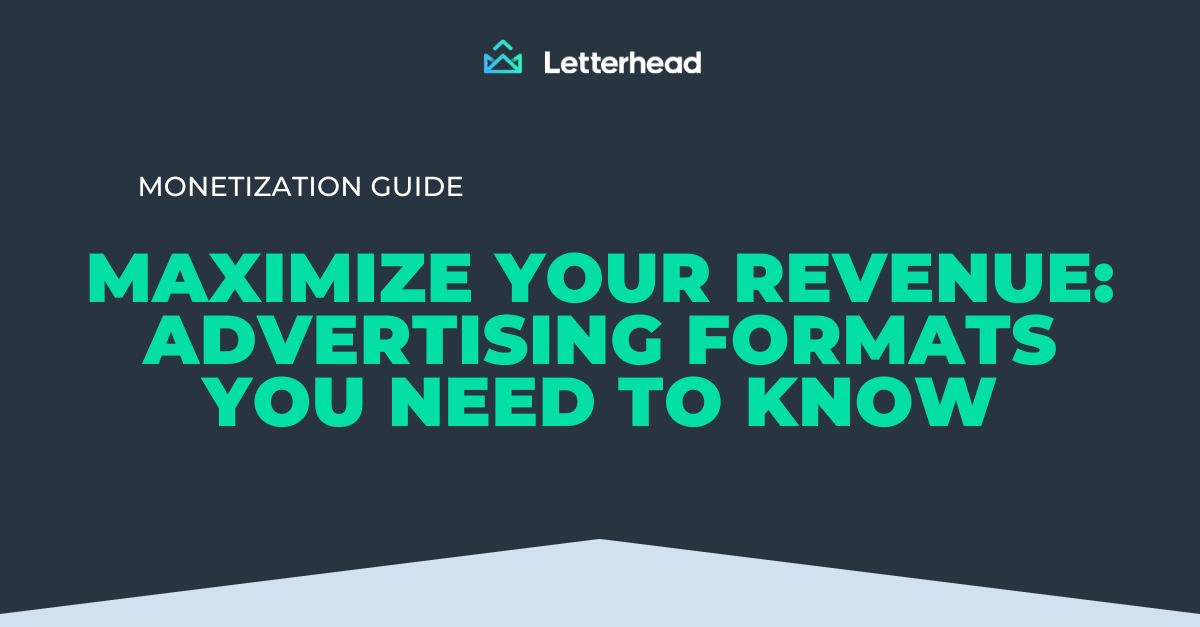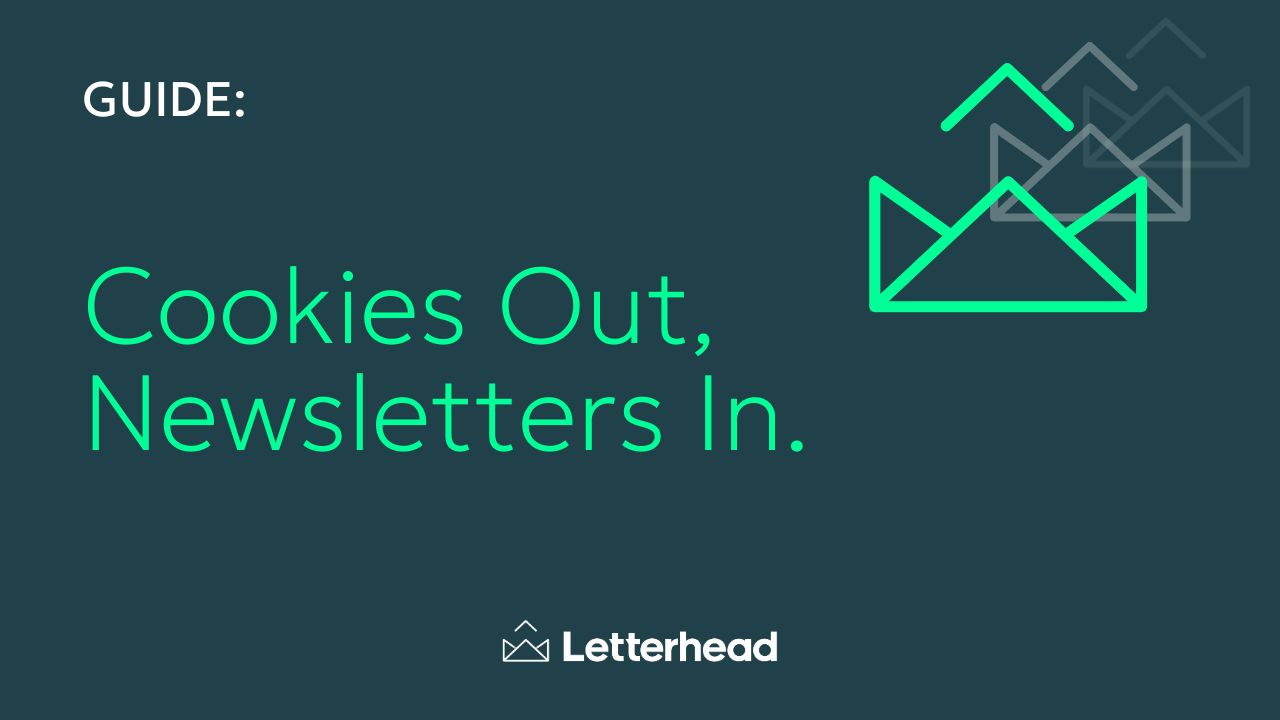Newsletter publishers currently face the crucial challenge of finding sustainable monetization models to fund their operations and enable future growth. As newsletter subscriptions continue to surge, identifying scalable approaches to revenue generation becomes paramount. And this is where programmatic advertising comes in as an emerging solution.
Programmatic advertising uses algorithms and reader data to make ad transactions more efficient, helping publishers make more money. However, effectively implementing programmatic advertising requires a strategic approach tailored to a publisher's specific business model and audience.
This article will explore how publishers can tap into the capabilities of programmatic advertising to boost their newsletter monetization. We'll also cover the fundamentals and discuss the best practices to implement it.
How Programmatic Advertising Works
Programmatic advertising uses automation and data to quickly buy and sell digital ad space. Instead of old-school manual processes, software, and platforms let advertisers and publishers easily transact ad buys in real time.
For newsletters, publishers can leverage demand-side platforms to automatically sell ad spots to advertisers looking to reach their audience. The software inserts and optimizes ads in newsletters based on reader data, content, and engagement metrics.
This means serving up relevant, tailored ads to different subscriber segments automatically. Pretty nifty, right? With the proper setup, programmatic advertising takes much of the grunt work out of monetizing through ads.
The Newsletter Monetization Landscape
Typically, newsletters monetize through subscriptions, sponsorships, affiliate marketing, and advertising. But each model comes with challenges - acquiring and retaining paid subscribers cuts into addressable ad audiences, as one example.
Sponsorships can provide a nice revenue stream, but scaling these partnerships takes work. Affiliate marketing also involves an effort to integrate and track. On the other hand, Programmatic advertising generates revenue from newsletter subscribers, automating manual ad sales and optimization, reducing operational complexity.
The potential of Programmatic Ads
So, how exactly can implementing programmatic advertising help publishers address these monetization challenges? Several key benefits make programmatic advertising an appealing avenue to explore.
Firstly, the automated selling of ad inventory efficiently generates incremental revenue from free and paid newsletter subscribers. The software handles optimizing and serving targeted ads, opening monetization potential at scale.
Secondly, granular audience segmentation allows publishers to serve highly contextual ads tailored to different groups. Leveraging reader data results in relevant ads and increased click-through rates, ultimately driving up programmatic ad revenue.
Success stories like Morning Brew highlight these benefits in action. By implementing programmatic advertising, Morning Brew increased their RPMs by over 20% and significantly scaled revenue.
By tapping into capabilities like optimization automation, reader targeting, and expanded reach, this form of advertisement can enhance monetization strategies for newsletter publishers seeking to scale.
Key Considerations for Programmatic Advertising
Of course, publishers can't simply turn on programmatic advertising and expect overnight success. Implementing this form of monetization requires careful planning and execution.
Publishers must consider vital elements before getting started. First, assess overall readiness regarding audience data, resources, and technical capabilities. Choosing the right SSP and DSP partners is also essential.
Publishers should also start slowly, testing programmatic on lower-funnel inventory before scaling up. And need to closely monitor the impact on user experience, keeping a pulse on relevant KPIs.
You also need to navigate potential pitfalls like obscure fees, loss of control, lack of transparency, and audience data misuse. Extensive due diligence of programmatic partners is critical to avoid these risks.
Best Practices for Programmatic Advertising
When starting with programmatic advertising, Letterhead recommends taking an incremental test-and-learn approach. Begin by adding just a few ad placeholders to monitor performance.
Coordinate with your Account Manager to enable programmatic ads and select an appropriate demand partner. Start with lower-funnel inventory before expanding to more placements. With programmatic advertising, publishers don't need to manually sell, schedule, and approve each ad. Automated selling and optimization lift that burden.
Generally, programmatic ads generate $0.08-$1.00 per click, with payouts varying based on audience profile, send frequency, and more. Monitor results closely and optimize over time.
The key is finding the right balance between automation and human oversight. By scaling programmatic advertising and tailoring strategies based on data and experience, publishers can effectively complement their monetization mix with this automated option.
A Strategic Complement to Newsletter Monetization
In summary, programmatic advertising presents a compelling opportunity for publishers to complement existing monetization models with greater automation, efficiency, and scale. But, embarking on this journey requires thorough planning, incremental testing, and constant optimization based on data and experience.
Ready to explore how advertising could fit into your newsletter strategy? Schedule a discovery call with Letterhead's experts to discuss the best practices and considerations for your newsletter. With the right approach, programmatic advertising can help take your monetization capabilities to the next level.


